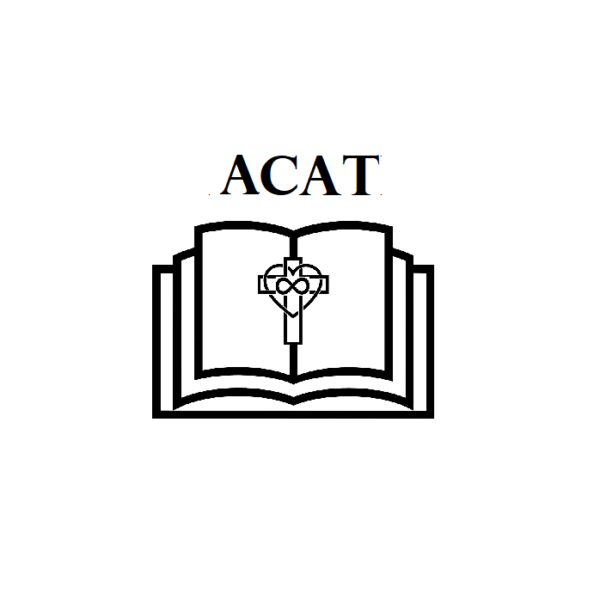ACAT 25: Mary’s Unstained, Unflinching Love
Catholic teaching on Mary is often a dividing line with other Christians, though it need not be. Those familiar with the historical story of Jesus will know that his mother was Mary and his birth came about through Divine intervention. Catholics do not worship Mary, but we do recognize her role in the story of human salvation – which includes the salvation of each individual reading this – and we understand that she has received the grace and privilege which comes with a role such as hers.
That word, immaculate, derives from Latin, and means “not stained.” Mary does not possess superpowers of her own merit; rather, she is as ordinary as any other person, but unstained by the splash of evil which spilled in the Garden when our ancestors’ eyes were opened to all that destroys love. Unstained = unaffected, untainted… and therefore, unflinching in her ability to love God and love like God.
This is what the Baltimore Catechism says about Mary’s Immaculate Conception.
- Was anyone ever preserved from Original Sin?
- The Blessed Virgin Mary, through the merits of her divine Son, was preserved free from the guilt of Original Sin, and this privilege is called her Immaculate Conception.
The Blessed Virgin was to be the Mother of the Son of God. Now it would not be proper for the Mother of God to be even for one moment the servant of the devil, or under his power. If the Blessed Virgin had been in Original Sin, she would have been in the service of the devil. Whatever disgraces a mother disgraces also her son; so Our Lord would never permit His dear Mother to be subject to the devil, and consequently He, through His merits, saved her from Original Sin. She is the only one of the whole human race who enjoys this great privilege, and it is called her “Immaculate Conception,” that is, she was conceived—brought into existence by her mother—without having any spot or stain of sin upon her soul, and hence without Original Sin.
Our Lord came into the world to crush the power which the devil had exercised over men from the fall of Adam. This He did by meriting grace for them and giving them this spiritual help to withstand the devil in all his attacks upon them. As the Blessed Mother was never under the devil’s power, next to God she has the greatest strength against him, and she will help us to resist him if we seek her aid. The devil himself knows her power and fears her, and if he sees her coming to our assistance will quickly fly. Never fail, then, in time of temptation to call upon our Blessed Mother; she will hear and help you and pray to God for you.
Mary’s Immaculate Conception cannot be explained much more directly than the Catechism itself. Many struggle to understand or believe what this means, as it is not something we can directly observe, experience or relate to. It is, quite simply, a matter of faith – which is our willingness to accept things beyond our experiences with confidence that such belief does not compromise our freedom or integrity in any way. Furthermore, it is a comfort to many to know that Mary is as human as we are, yet has the privilege to repulse evil with her prayer. Evil is ugly. Evil destroys. Evil seeks to break up what is beautiful for the sake of jealousy. Anyone who stands opposed to evil is on the side of what we’re all longing for. The Catholic Catechism assures us that Mary is humankind’s advocate against the division and destruction of evil by virtue of her unstained, unflinching love.


